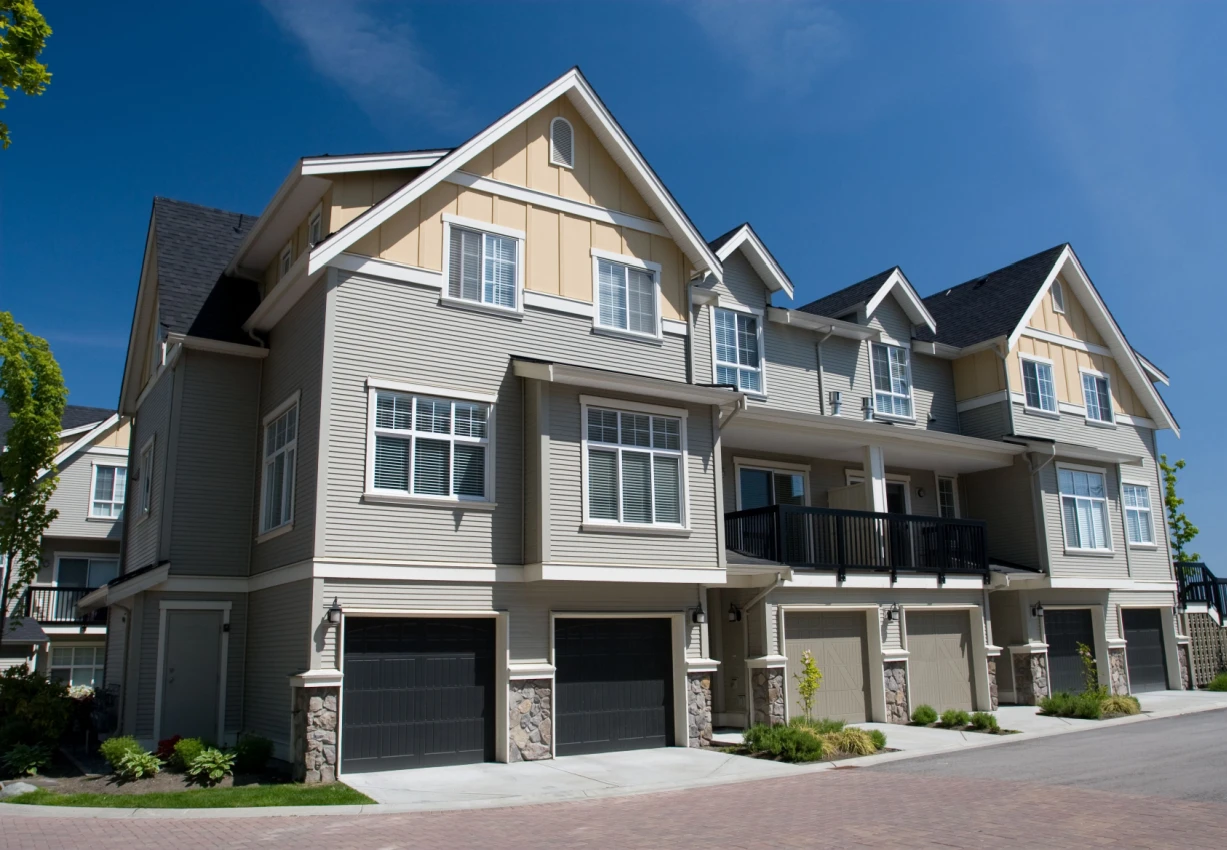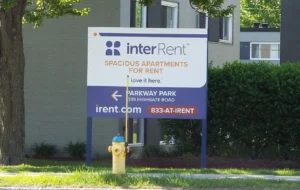Deciding between single-family and multifamily property?

Why Multifamily Properties Lead in Financial Returns
Deciding between single-family and multi-family property investments is a pivotal choice for both new and experienced investors. While both options have their place in real estate portfolios, multi-family properties consistently demonstrate superior financial advantages that make them the preferred choice for building long-term wealth.
This comprehensive guide explores why multi-family investments often deliver better returns, reduced risk, and greater scalability for your investment goals.
Location Advantages: Multi-Family Properties Win in High-Growth Markets
The location factor strongly favors multi-family investments, as these properties are strategically positioned in the most economically dynamic areas.
Urban Growth Centers Drive Superior Returns
Multi-family properties are predominantly located in urban and suburban growth corridors where economic activity, job creation, and population growth are strongest. These high-demand locations translate directly into:
- Higher rental yields due to increased tenant demand
- Stronger appreciation rates driven by economic growth
- Greater rental rate growth in expanding markets
- Superior exit opportunities with larger buyer pools
Get a Free Multifamily Loan Quote
Access Non-Recourse, 10+ Year Fixed, 30-Year Amortization
Economic Proximity Creates Competitive Advantages
Multi-family properties benefit from prime locations near:
- Major employment centers and business districts
- Public transportation hubs that attract quality tenants
- Shopping, dining, and entertainment amenities
- Healthcare and educational facilities
Single-family homes, while offering suburban tranquility, are often located in areas with slower economic growth and limited rental demand, resulting in lower yields and reduced appreciation potential.
Population Density Equals Profit Density
The higher population density surrounding multi-family properties creates a natural competitive moat. With more potential tenants in the immediate area, multi-family properties enjoy:
- Shorter vacancy periods
- Greater tenant selection options
- More stable rental income streams
- Reduced marketing costs for tenant acquisition
Market Research: The Big 3 Minus R Favors Multi-Family
When applying “The Big 3 Minus R” criteria (Population Growth, Economy, Jobs, Minus Risk), multi-family properties consistently outperform:
Population Growth: Multi-family properties are positioned in high-growth urban areas attracting young professionals and families seeking rental flexibility.
Economy: Urban markets with multi-family properties typically have more diversified economies, reducing dependence on single industries.
Jobs: Multi-family locations correlate with job growth centers, ensuring sustained tenant demand.
Minus Risk: While political risk exists everywhere, multi-family properties in established urban markets face lower overall risk due to economic diversification.
Source: Ismael Reyes













 Accessibility
Accessibility